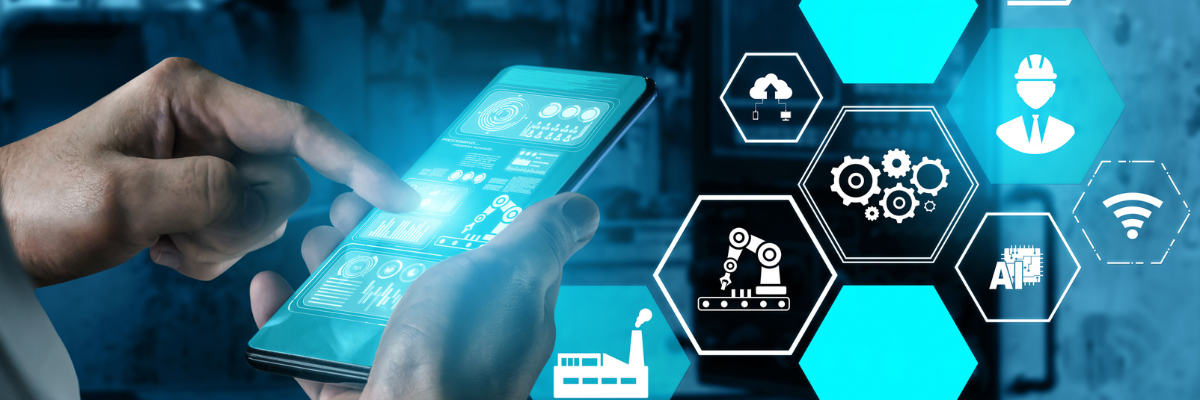
The Fourth Revolution and its impact on L&D
Are you evolving with the trend, or just watching it pass by?
Fathima Huda Ashraf, L&OD Specialist
Jul 24, 2025
While the rapid expand of digital technologies is a key driver, the human element remains essential. Think about it this way: while digital tech is the engine driving change, people are the fuel that keeps it running. Companies must view learning and development (L&D) as non-negotiable investments in their future.
McKinsey’s three-phase skill transformation model provides a strategic roadmap:
- Scout: Evaluate the new capabilities required to achieve company goals.
- Shape: Identify talent gaps and develop the infrastructure necessary to bridge them.
- Shift: Implement scalable training methods and content to equip employees with both technical and soft skills.
This blend of soft skills and technical skills promotes cross generational collaboration as well because the modern workplace is characterized by a wide range of generational perspectives—from the digitally native Gen Z to the experienced Baby Boomers nearing retirement. This mix of perspectives can be a real strength—but only if everyone feels included.
To create a culture of inclusivity:
- Develop flexible, multi-modal learning programs that cater to different learning styles. This might include self-paced online modules, interactive virtual sessions, and hands-on mentoring.
- Utilize mobile learning applications, augmented reality (AR), and virtual reality (VR) to create engaging, immersive training experiences that resonate across all age groups.
For example, IBM recognized the knowledge gap between older employees who possess deep institutional and strategic expertise and newer hires who are digitally native. To bridge these differences, IBM introduced a ‘reverse mentoring initiative’ where junior employees mentor senior staff on emerging technologies, social media, and digital trends. At the same time, the senior staff share their leadership experience, industry context, and strategic thinking. This reciprocal exchange not only improves technology adoption and digital skills across generations but also fosters a culture of respect and collaboration, allowing both younger and more experienced employees to learn from each other’s strengths.
Integrating AI into Learning and Development
As we move further into 2025, artificial intelligence is at the forefront of technological innovation, with 73% of companies investing in AI. However, high failure rates: particularly during the prototype stage observed in 2024, underscore the need for robust governance frameworks. Additionally, regardless of the employee preference for a flexible work environment, many businesses lacked clear L&D strategies, hindering engagement. To successfully merge AI with L&D, organizations should consider:
- Personalized Learning Journeys: Use AI to analyse individual performance data and tailor training content to specific learning needs, ensuring that employees receive the support they require.
- Iterative Development and Testing: Implement pilot programs and refine them based on continuous feedback. This approach minimizes risk and enhances the effectiveness of AI-driven initiatives.
- Governance and Oversight: It is important to have clear policies and ethical guidelines. AI should enhance human skills, not replace them, so a balanced approach is crucial.
Moving Forward: A Call to Action
To fully take advantage of the potential 4IR offers, companies must rethink their approach to workforce development. It is about blending technology with smart, people-centered training. Organizations can future-proof their operations and thrive in an era defined by constant change.
- Prioritize upskilling and reskilling initiatives to keep pace with technological advancements.
- Create a diverse array of training solutions that address both the technical and soft skills needed in the modern workplace.
- Leverage AI to enhance learning experiences while ensuring strong governance and ethical oversight.
Ultimately, the most impactful learning occurs when a culture of continuous growth is nurtured at the workplace. When employees are empowered to evolve in their careers, an adaptive, people-first approach to learning and development becomes the key to sustainable growth and competitive advantage that enable organizations to harness the full potential of 4IR.
Fathima Huda Ashraf is a Learning & Organizational Development Consultant with a Masters in Business and Organizational Psychology. Her role at C2COD is guided by her philosophy of designing content that leverages the application of psychological principles to enable a more effective method of learning.
References:
https://www.mckinsey.com/~/media/mckinsey/business%20functions/people%20and%20organizational%20performance/our%20insights/elevating%20learning%20and%20development/elevating-learning-and-development-intro.pdf
https://www.mckinsey.com/featured-insights/mckinsey-explainers/what-are-industry-4-0-the-fourth-industrial-revolution-and-4ir
https://www.forbes.com/councils/forbeshumanresourcescouncil/2019/08/01/prepare-for-the-fourth-industrial-revolution-with-a-strong-learning-and-development-program/
https://www.eidesign.net/wp-content/uploads/2025/01/LD-Trends-2025-Final.pdf
hbr.org/2019/10/why-reverse-mentoring-works-and-how-to-do-it-right
https://www.weforum.org/focus/fourth-industrial-revolution/
